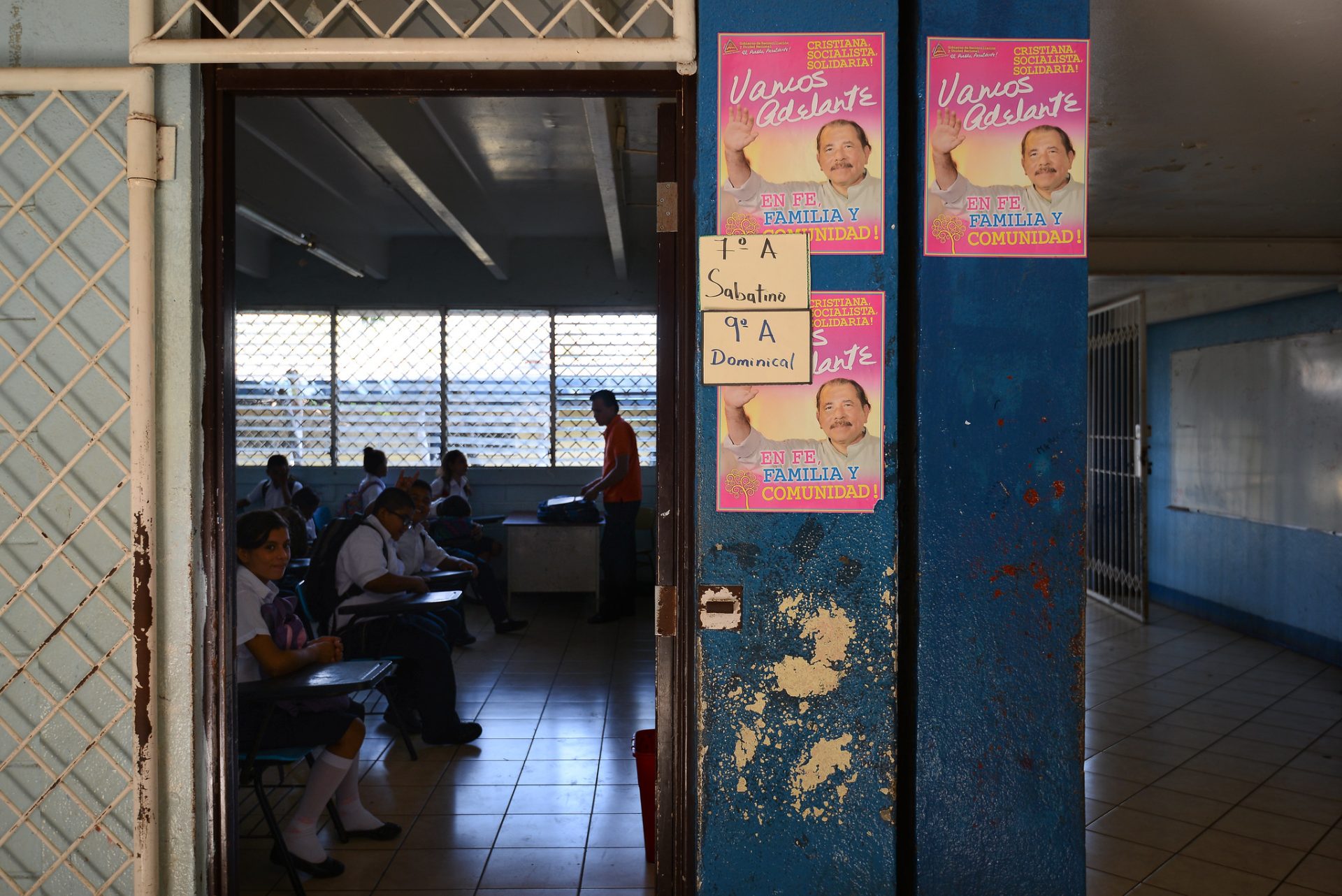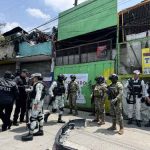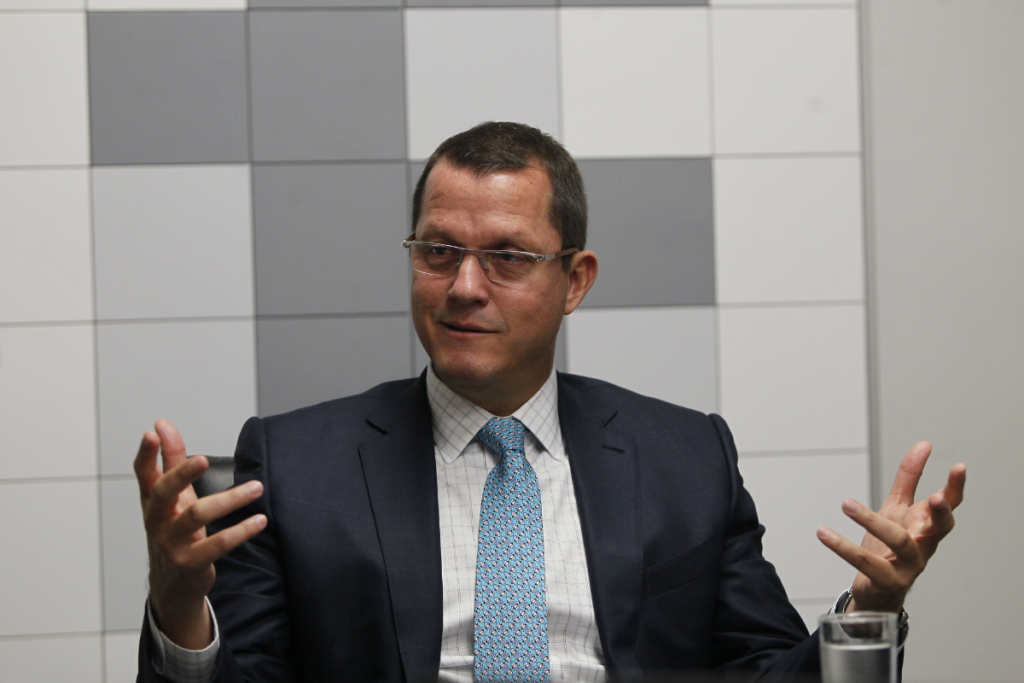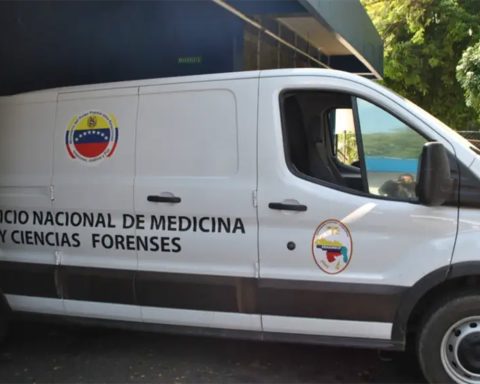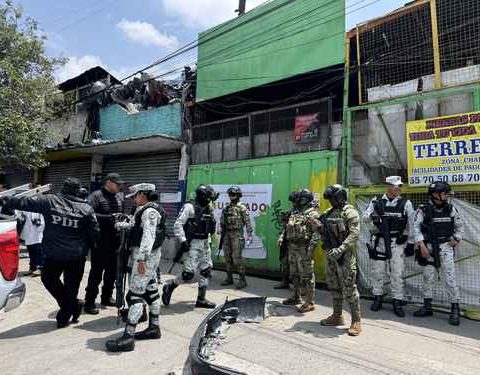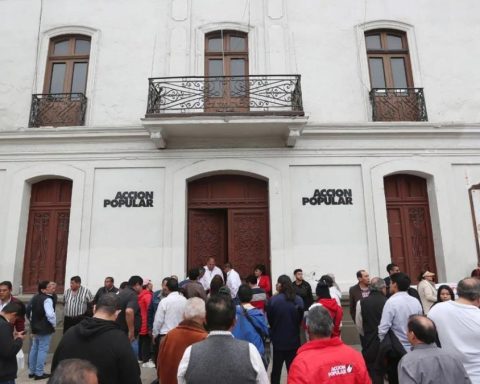The repair of educational centers, a supposed annual increase in enrollment, free public education and even political training for teachers are notable achievements in education for the regime of Daniel Ortega and Rosario Murillo.
Or at least that is what the regime claims in part of its national report presented to the Human Rights Council, where it responds to the observations made to Nicaragua in 2019, within the framework of the Universal Periodic Review of that year, when the country left failed in almost all human rights subjects evaluated.
«In 2019 in its third cycle, the DD evaluation mechanism. HH. of the UN, gave 259 recommendations to Nicaragua, which were given by 94 different countries in the world. Of them, the authoritarian regime of Daniel Ortega only accepted 135 and rejected the rest, alleging distortion of reality,” says a recent statement from the Nicaragua Struggle Coalition.
Dr. Adrián Meza, rector of the Paulo Freire University (UPF), whose facilities were stolen by the regime through confiscation, assessed in relation to the regime’s report that education is not only about building classrooms or implementing training courses for teachers. “Education is more than that, more than figures and numbers on paper,” he criticized.
Meza points out that the content of the report is loaded with figures and numbers, figures that talk about infrastructure and numbers that only focus on numbers of students or students at different levels, but that there is no way to contrast them because the regime “is heading » against any dissident voice.
With outdated figures
In one of its responses, regarding the right to education, the regime assures that “they have built and repaired 2,258 educational centers, which includes the care of 10,193 classrooms and 4,016 complementary environments, which represents 24%, based on 9,224 Centers. Educational at the National Level.
«There are 387 new schools built through the Public Investment Program, which include 1,703 classrooms and 1,408 complementary environments; 1,871 schools repaired through the School Infrastructure Maintenance Plan, improving 8,490 classrooms and 2,608 complementary environments,” the regime states in the report.
Experts assure that the figures are from more than 10 years ago, and what they say are impossible to audit due to the lack of transparency of the country’s rulers. “So with this system of government, any official figure is highly dubious, because it does not allow scrutiny in any way,” reiterates another expert.
Is the education of quality and relevant?
Sustainable Development Goal No. 4 proposes inclusive, equitable and quality education “and that is where the serious problem and enormous weakness lies not only in the report, but also in the educational practice of the regime,” the educator assesses.
“The Latin American Laboratory for Evaluation of the Quality of Education (LLECE) of the UNESCO Regional Organization for Education in Latin and Central America, in its December 2020 report, gave chilling figures for Nicaragua,” says Meza.
He comments that “in a survey carried out with 4,863 third grade students (in the area of Language and Mathematics) in 280 schools in Nicaragua and 4,868 sixth grade students (in Natural Sciences) in 272 schools, Nicaragua was below the regional average” .
«There you have a fact that is not invented by an organization opposed to the regime or by any political party, it is UNESCO that is saying that the educational system in Nicaragua does not teach reading, nor does it teach writing, nor does it teach the basics of Mathematics and Natural Sciences, then, what education are we talking about?”, reflects Meza.
However, the Ortega-Murillo dictatorship assures in its report that the implementation of the 2022-2026 Plan is “aimed at continuing to improve the coverage, access, quality and relevance of education, especially in rural areas and indigenous communities and Afro-descendants.
“Indeed, it is about numbers, about school, about students in classrooms, we are not talking about quality results and I repeat, I am not saying it, UNESCO is saying it,” says Meza.
Teachers, the lowest paid sector
In the report, Nicaragua highlights that the primary school rate remains “at more than 90%” and that “60,000 teachers were trained annually in scientific and didactic areas, achieving a professionalization of 99.8% at the national level.”
«The teaching staff increased by 3% during this period, from 9,218 teachers in 2019 to 9,519 teachers in 2023, of these, 29% of the teachers provide their services in private universities. From 357 teachers with a doctorate degree in 2019, it increased to 484 teachers in 2023,” the document indicates.
And although Ortega and Murillo ordered to say that their regime has invested in the “professionalization” of teachers, they forgot to explain that if that is true, it is of little use because it is a sector that is economically mistreated because they receive the worst pay in the region for such a job. important as is training the country’s professionals.
In this regard, Meza recalled that the report of the National Council of Rectors of Costa Rica highlighted that in 2014, the salary of primary and preschool teachers in Nicaragua was 423 dollars. According to that report, “the closest salary (to Nicaragua) was Honduras, of 981 dollars, let’s not talk about Costa Rica since it was 2,099 dollars. In secondary school, the monthly salary in Nicaragua is 471 dollars, in El Salvador 1,006 and Costa Rica with 2,473 dollars.

«In Nicaragua the average for educators in general is 452 dollars, in El Salvador and Honduras it is 1,078 and 1,021 and in Costa Rica 2,234; In Panama it is 1,619. There we have a clear example of the place that the regime’s educational model gives to one of the most important components, Nicaraguan teachers are the lowest paid in Central America,” said Meza.
About private universities, which have been cut off
The regime said in its report that in terms of Higher Education, undergraduate and graduate student enrollment at national universities (state, community and intercultural) increased by 20% from 2019 to 2023.
And he adds: «the general enrollment of the Higher Education Subsystem in 2021 was 194,876 students, of which 57,714 students belonged to private universities, during 2023 the enrollment of the Subsystem increased to 193,116 students where 50,511 students belong to private universities. , which represents 26% of the general enrollment.
Related news: Minsa completes three weeks without detecting cases of covid-19 in Nicaragua
That is, it admits that the number of students in general decreased and private universities lost more than 7,000 students from 2021 to 2023. A report that this platform published a few weeks ago and titled “High school students in search of the future: another migratory wave” reveals how thousands of university students have left the country in search of study options.
The university students denounced that Nicaragua’s educational system has been systematically dismantled since 2021. And prestigious universities, many linked to religious organizations that offered scholarships to low-income students, have been replaced by institutions controlled by the ideological apparatus of the regime.
Salvador Marenco, of the Nicaragua Never Again Human Rights Collective, says that in that report the regime “does not mention the closure of at least 27 universities and university centers, they do not mention the closure and confiscation of the Central American University (on August 16, 2023). ), basically it is a report that lacks the truth, it alters the reality that we Nicaraguans live,” he accuses.
With these data, Meza concludes that the “current model of education in Nicaragua is a model of indoctrination, not a model of education or training” that grows, on the contrary, it falls to pieces.
